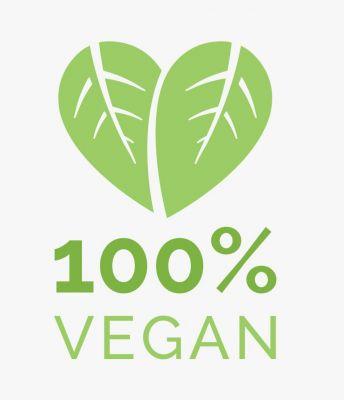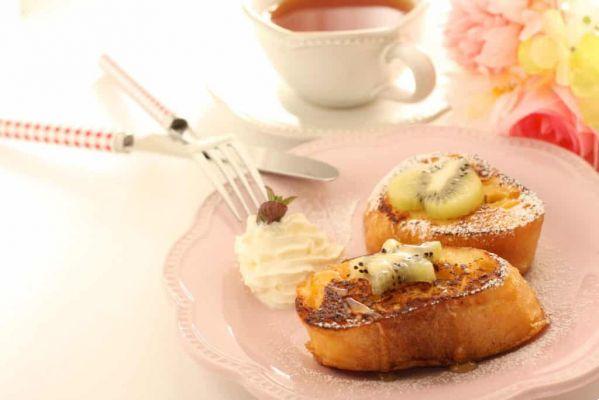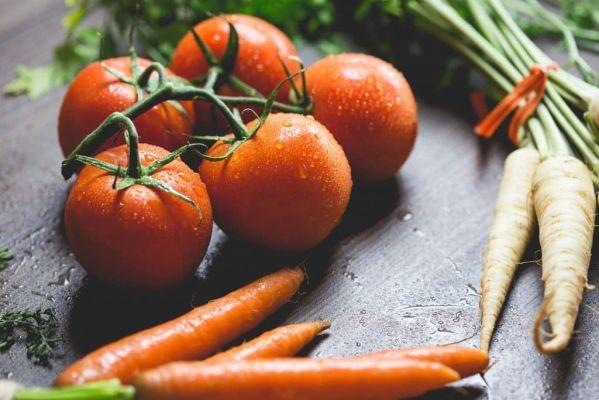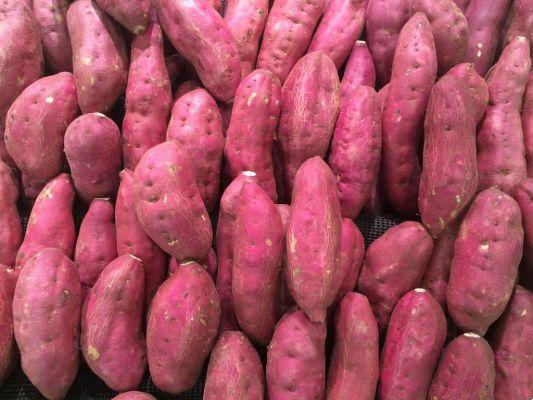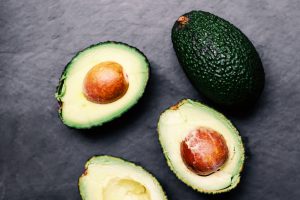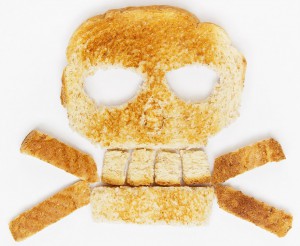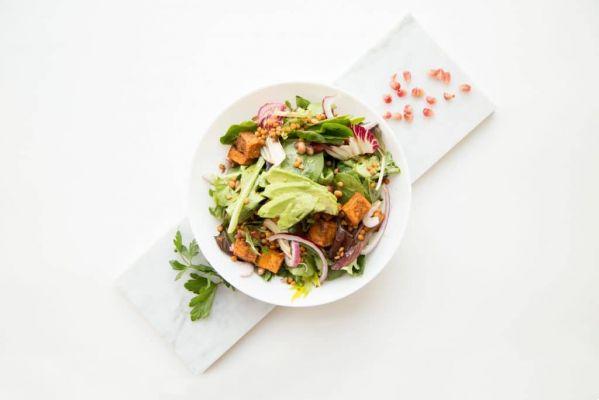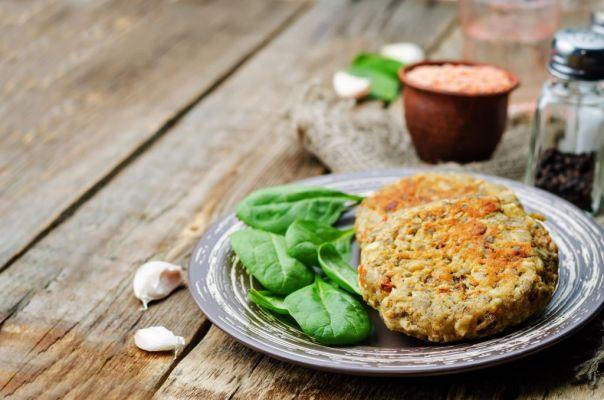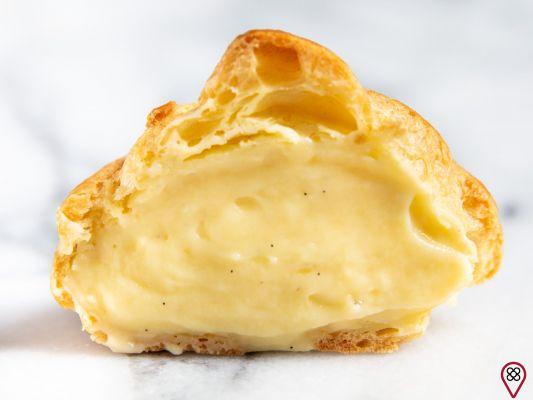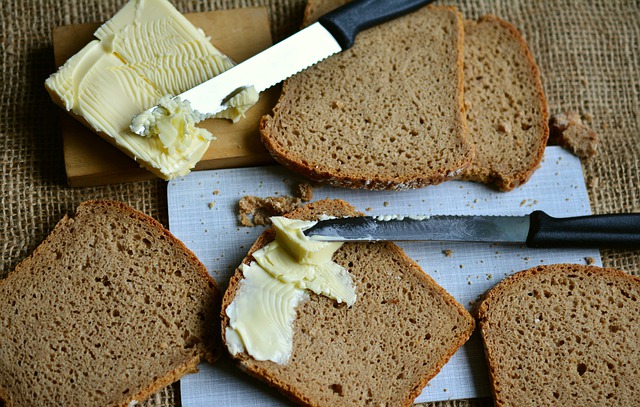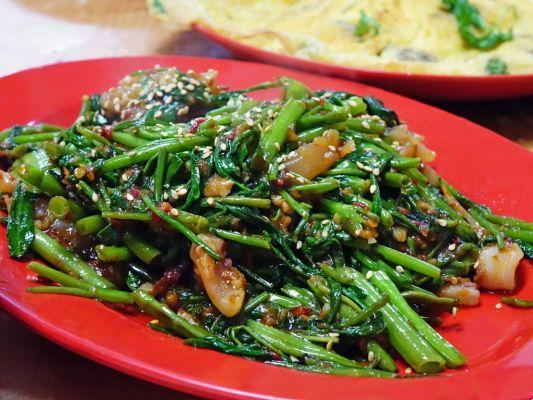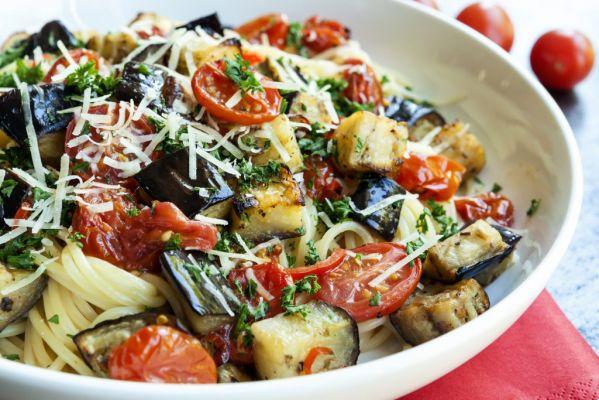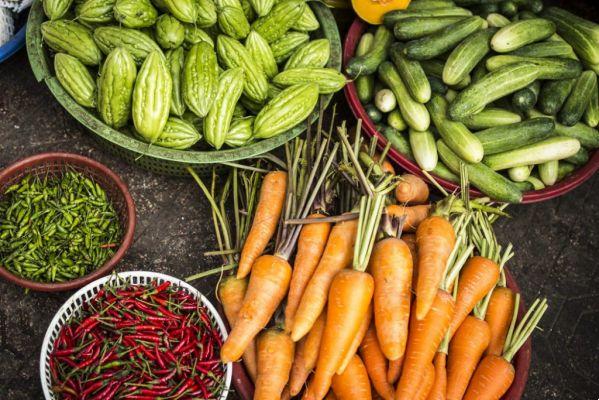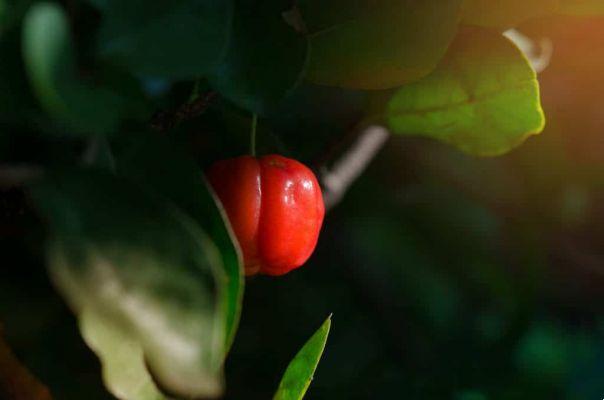Easter is the favorite festive date of many people for a very specific reason: chocolate! The commerce is crazy with countless options of Easter eggs and the chocolates have several variations: strawberry chocolate, with peanuts, semisweet, with fruits, crunchy, among many other options that make the candy more flashy and, therefore, more salable. .
It turns out that the main ingredient in more than 90% of these near-misses is milk, which makes it difficult for those who adhere to veganism (the practice of abstaining from the use of animal products) or those who are lactose intolerant to consume.
Looking closely, you can even find a vegan Easter egg in a specific store, but it is more common to find people who sell the candy they produce in their own homes with the most natural ingredients possible.
You might ask, "Do vegan Easter eggs taste as good as the ones we're used to eating?" The answer is short and straightforward: of course it is! In addition to being extremely tasty, vegan options are vastly healthier and are ideal for those who shy away from the consumption of animal products, as well as those who want to eat the candy without guilt and without great worries about industrialized ingredients.
But what is vegan chocolate made of? The base of chocolate itself is cocoa, and the vegan option would be no different. One of the most famous recipes for this sweet without the addition of milk is with cocoa and coconut oil (or coconut milk too). Made this way, in addition to being a simple and healthy recipe, vegan chocolate improves digestion, prevents diarrhea that can be caused by milk, reduces abdominal pain and improves mood, as coconut oil is rich in good fats and It is incredibly beneficial to health. See below the vegan easter egg recipe that we prepared to help you!
Vegan chocolate with coconut oil
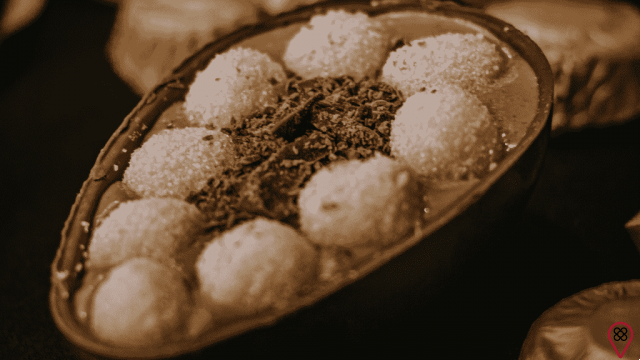
Ingredients:
- 1/2 cup of melted coconut oil;
- 1/4 cup of cocoa powder;
- 1/2 cup of agave tea.
Tip: You can add peanuts, chopped nuts or dried fruit.
Preparation:
In a deep container, sift the cocoa and add half of the coconut oil. Mix until the cocoa is completely dissolved. Then gradually add the remaining coconut oil and agave, stirring constantly. Transfer the mixture to easter egg-shaped molds and take it to the freezer for about 30 minutes, so that it hardens.
Ready! This is the vegan chocolate egg recipe, so let's go to the vegan filling options!
truffle filling

Ingredients:
- 500g of vegan dark chocolate (which we teach you how to make before or that you can buy in specific stores; melt and place in the molds, leaving in the fridge for 5 minutes to harden again);
- 2 tablespoons of glucose;
- 200g of soy milk cream;
- 6 drops of almond essence for chocolate.
Preparation:
Melt the chocolate in a bain-marie and add the soy milk cream. Mix well! Then add the glucose and almond essence, mix and let it rest in the fridge for approximately 3 hours. After this time, fill the eggs with the mixture and decorate as you prefer!
vegan strawberry mousse
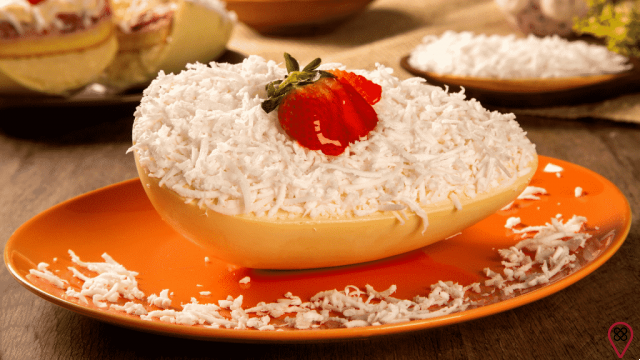
Ingredients:
- 300g de tofu soft;
- 400g of fresh strawberries;
- 3 tablespoons of brown sugar;
- 4 strawberries cut into 4 for decoration.
Preparation:
Remove the water from the tofu, chop and put it in a food processor or blender, along with the rest of the ingredients. Beat everything until it reaches a smooth and creamy consistency. Place in a container and refrigerate until firm (approximately 4 hours) to fill the egg.
vegan hazelnut cream
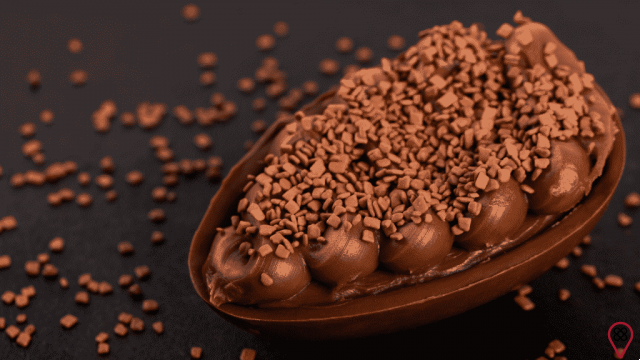
Ingredients:
- 250g of hazelnuts;
- 1/2 cup of brown sugar;
- 4 tablespoons of cocoa powder;
- 1/4 teaspoon of vanilla extract;
- 2/3 cup of hot water (to make it creamy);
- a pinch of salt.
Preparation:
Preheat the oven to 180ºC. Spread the hazelnuts on a baking sheet and bake for 15 minutes (this way they taste better and the skins come off more easily). After 15 minutes in the oven, place the hazelnuts on a dish towel and rub them hard to remove as much of the skins as possible (it's okay if some are left). Place the hazelnuts while still warm in a food processor and blend until smooth. At the beginning of the process, it will be difficult, as it will be similar to sand, but as you hit it, some blocks will form and soon a liquid paste will also form. It takes patience.
When it has a pasty consistency, add the cocoa, vanilla extract, sugar and a pinch of salt. Whisk so that the ingredients mix. You will notice that the mixture will be thick. To make it creamier, add the boiling water little by little, until it gets the texture you like the most (don't overdo it with the water). For the amount of hazelnuts in this recipe, it is advisable to use between 1/2 cup and 3/4 cup of boiling water.
After all these processes, take it to the fridge to cool and fill your Easter egg!
Vegan Easter egg filled with delicious chocolates

This recipe is suitable for eggs with about 500 grams, which can be stuffed in various ways, it is basic and can be used to produce simple or filled chocolates that can complete the egg. In addition, it has easy-to-find ingredients and is ready in approximately two and a half hours. If you want to make the closed egg (whole), double the quantities.
Ingredients:
- 25 grams of unsweetened cocoa powder;
- 45 grams of cocoa butter;
- 25 grams icing sugar or oven & stovetop stevia;
- 1 very shallow teaspoon of vanilla or almond essence;
- 1 form for 300 grams Easter eggs for amateurs;
- 1 spatula for confectionery;
- 1 marble or granite base (it can be the very well sanitized kitchen sink);
- 1 grater;
- 1 crusty bread spatula;
- 1 form for chocolate candies, preferably silicone.
Ingredients for the candies:
- A chocolate based recipe;
- 2 tablespoons of chopped walnuts;
- 2 tablespoons of chopped Brazil nuts;
- 2 tablespoons of roasted pumpkin seeds;
- 2 tablespoons of roasted peanuts, shelled and coarsely chopped;
- 2 tablespoons of white raisins, hydrated in water with a pinch of sugar and drained.
You may also like
- chayote brigadeiro
- Learn how to survive Easter without giving up veganism
- Discover the wonderful and educational symbols of Easter
- Do animals think and have feelings? Find it out!
- Easter resolutions that aren't just chocolate
- Vegan breakfast suggestions
Preparation:
1. Pass the cocoa butter (purchased in medium blocks at confectionery stores) through the grater already in a container that goes to the bain-marie. It is very fragile and burns easily. If it is in large pieces, it will melt unevenly and may burn in spots.
2. Place to melt in a bain-marie, without touching the bottom of the container to the boiling water.
3. Before it melts completely, remove it from the bain-marie and add the sugar or stevia little by little and mix well. Other types of sugar can make the mixture grainy, and syrups tend to interfere with consistency.
4. Add vanilla or almond essence.
5. Gradually add the cocoa powder, mixing well to avoid lumps.
6. After about five minutes, the mixture should have the characteristics of melted chocolate.
7. Apply 2/3 of the mixture to a well-sanitized and dry marble or granite surface.
8. Make the tempering: with the aid of the confectionery spatula, spread the mixture and add it again. Repeat the procedure until it is cooler than your finger, which should take 8 to 10 minutes. It should be shiny and less liquid.
9. Add it to the contents that remained in the container and mix very well for about five minutes, in order to completely temper the mixture. The intense shine and the consistency of melted chocolate are indications that the tempering was carried out successfully.
10 Transfer the chocolate to the Easter egg mold up to the mark indicated and cover, proceeding according to the manufacturer's instructions. Use the crusty bread spatula so you don't waste the mixture. Tap the package on the table to prevent air bubbles from forming. Make sure the entire shape is well filled.
11 Place in the fridge for about an hour, so that the egg is solid. It should easily come out of the mold, which is another indication that the tempering was perfect. However, kindly remove it. It remains consistent at room temperature.
12 In one of the halves of the Easter egg place the chocolates and close with the other part. Wrap it in parchment paper (if you prefer, you can use aluminum foil, but this is less environmentally friendly) and fold it at one end to form a base for it to stand on. This eliminates the use of plastic or cardboard support. To finish, wrap the product in crepe paper and finish with a bow of satin ribbon of your choice.
How to make the candies:
1. Distribute in the molds of the silicone form for chocolates a little of each type of chestnut, as well as the raisins. You can make unique flavors or mix these ingredients together.
2. Pour the chocolate (already tempered) over each mold to the top. Tap on the table to avoid bubbles in the chocolate. Makes about ten small candies.
3. Place in the fridge for approximately an hour or until solidified.
4. Carefully remove the candies from the mold. They do not need to be packaged, but if you prefer, opt for parchment paper, as it is biodegradable.
Now ready! With these vegan easter egg recipes you will be able to delight yourself this Easter!



